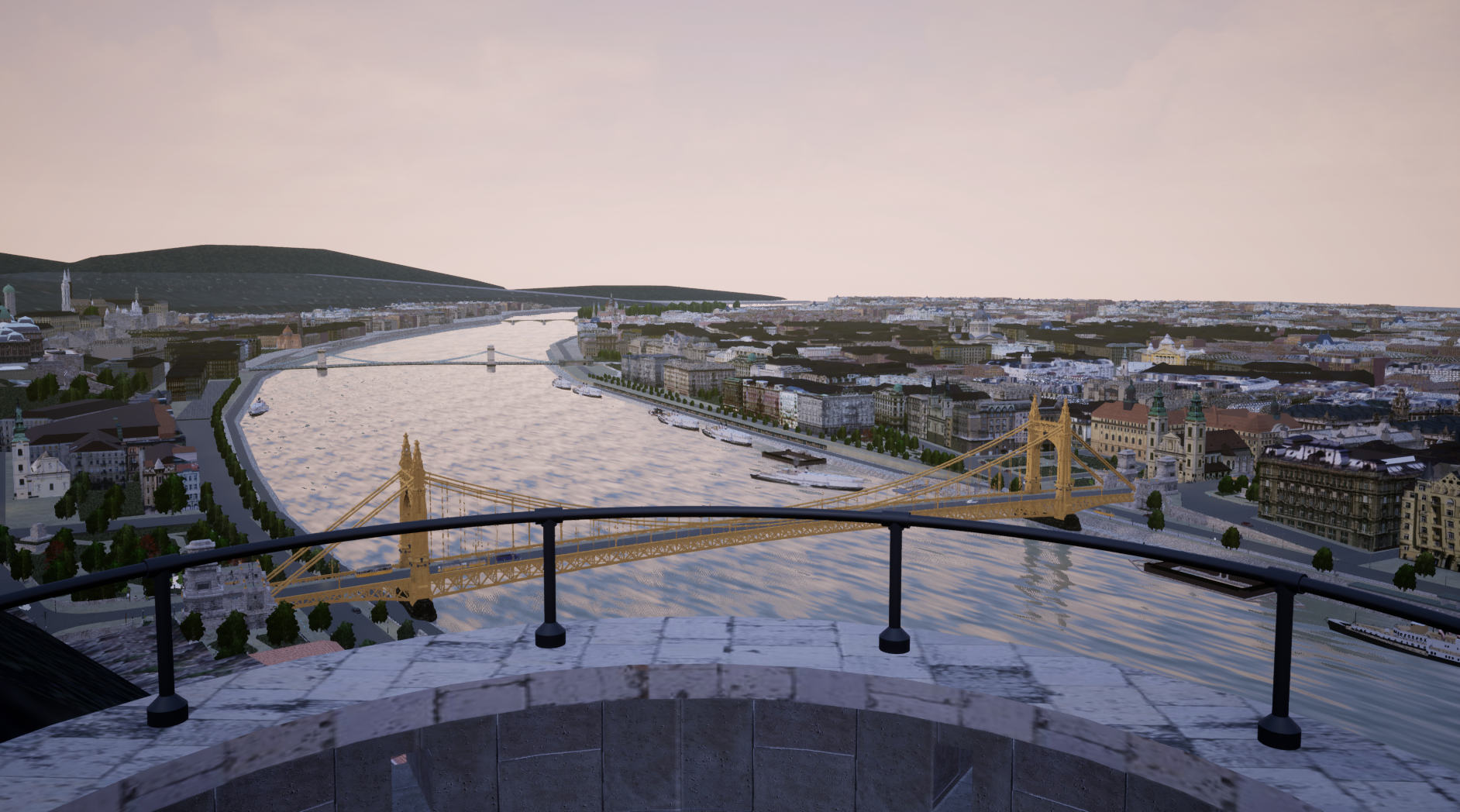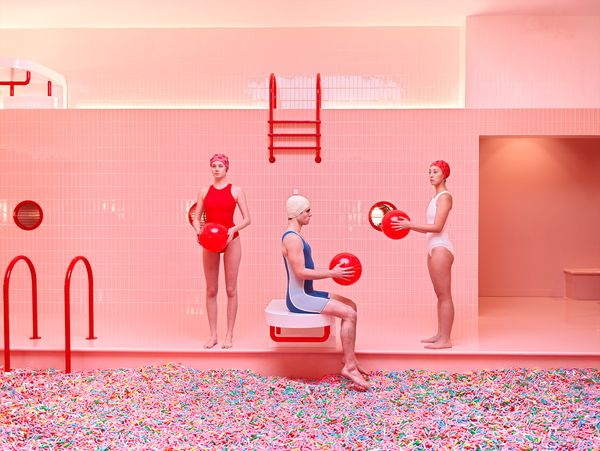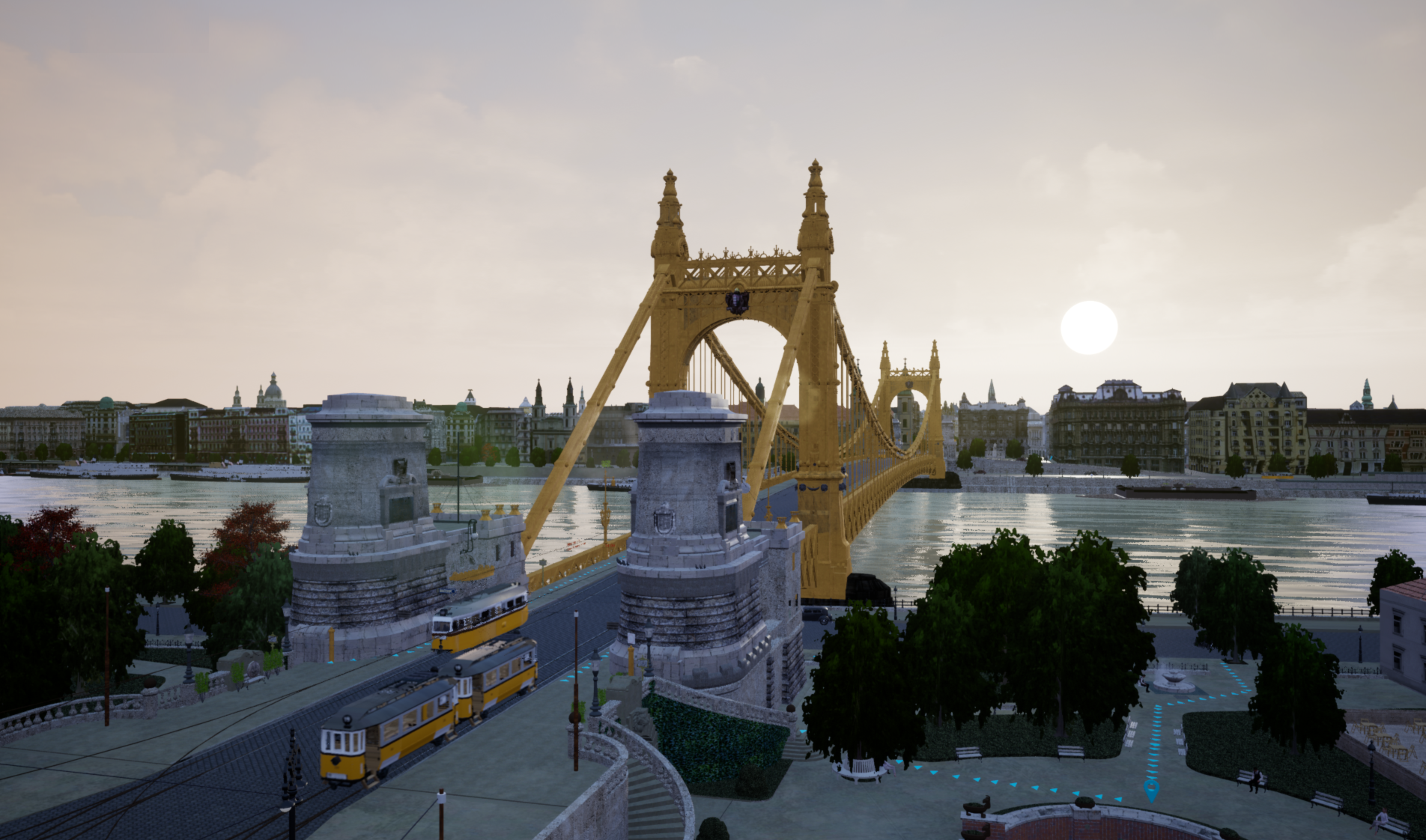Time travel in the squares of Budapest. The Eltűnt Híd (The Lost Bridge) historical game shows how Budapest changed between 1899 and 2019 by reconstructing the pre-World War II era. The central and notable element of the game is Elisabeth Bridge with each detail elaborated authentically, virtually restored to its former glory. Let’s see the details.
The center of Budapest downtown is clearly delimited by Hungária út, Nagykörút and Kiskörút. In 1893, a bridge was designed for this place, with aesthetics in focus, which became one of the symbols of Hungary. Owing to its popularity, Elisabeth Bridge was one of the most frequently photographed sights of Budapest. For the anniversary of the siege of Budapest, instead of the black and white close-ups and films, “The Lost Bridge” allows us to visit and experience the past this time.

The developers of the game wanted to reveal and show places and spaces that were not available on photographs before. The displayed 3D models were prepared based on the original drawings and the high-resolution photographs made back in the day, with the help of the Unreal Engine game engine, which is one of the best platforms to present 3D modelled objects, environment and characters in real-time. The emphasis is primarily on presenting the details of the bridge in the most authentic manner possible, from the carved rocks of the pillars to the nails, but the players can also explore the area from Petőfi Bridge to Margaret Island, looking just like it did in the pre-war era.



The 3D visualization reconstruction requiring over 1500 working hours is an impressive achievement in itself. But what makes all this a game?
The gameplay of the Lost Bridge is essentially based on a guided tour with 28 stations, in the framework of which players have to collect 10 coins used at the time. We can drift off the planned route any time we want, which is made more realistic by a number of accompanying elements, including music, posters, radio broadcasts and typical vehicles and trams from the era. The reward is a sightseeing boat tour on the former Szent Imre steamboat (now known as Szőke Tisza), after which our only job is to find our way back to the present.

Elisabeth Bridge, one of the most significant sights of pre-war Budapest is brought back to life by the Lost Bridge, 75 years after its destruction. Go and explore the historical details and download the fascinating game from the website. We already did!
For history-fans, we also recommend the VR application made for the 60th anniversary of the Hungarian revolution built on 3D city reconstruction. Learn more about it on this link!
The Lost Bridge Web | Facebook
The Lost Bridge runs on Windows 32 and 64 bit systems and soon it will also available for Linux. The game offers both Hungarian and English descriptions and instructions.

HIGHLIGHTS | Magazines and catalogues

Pink bliss, from appropriate distance










